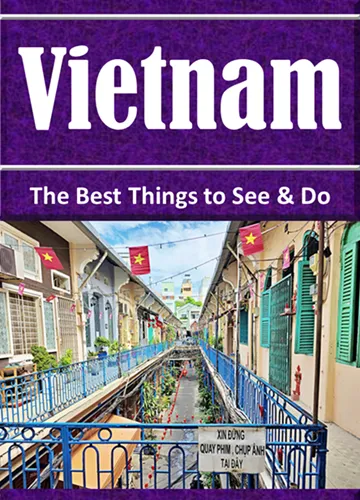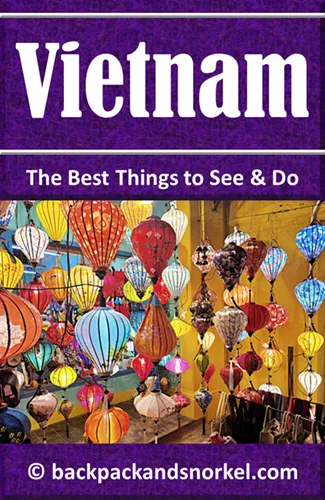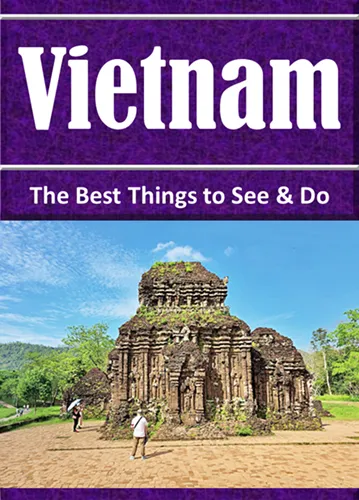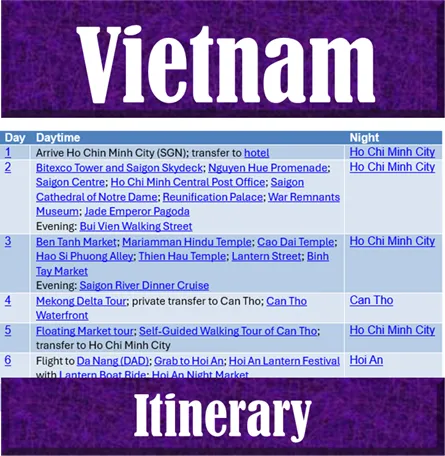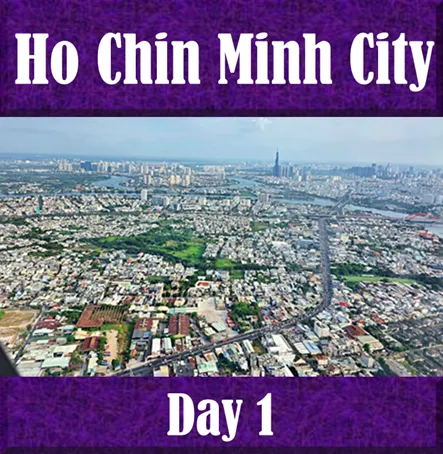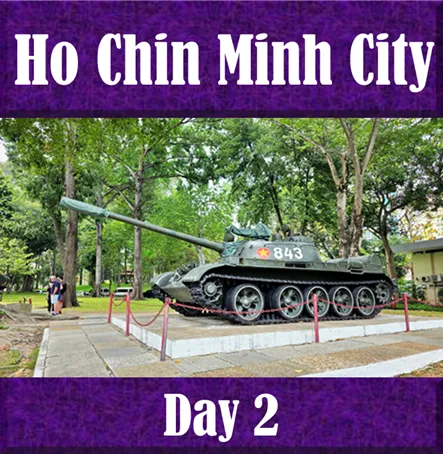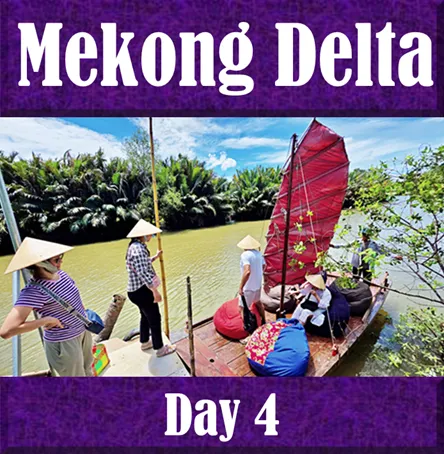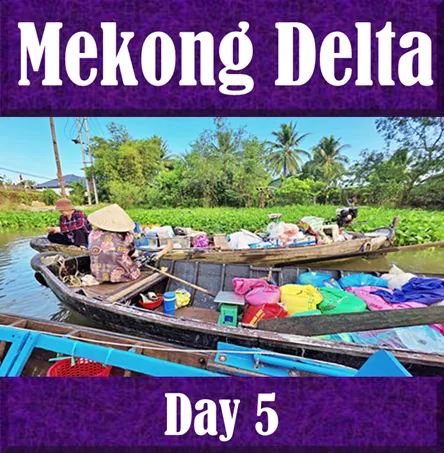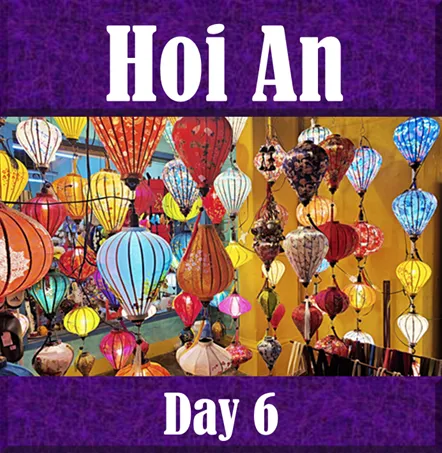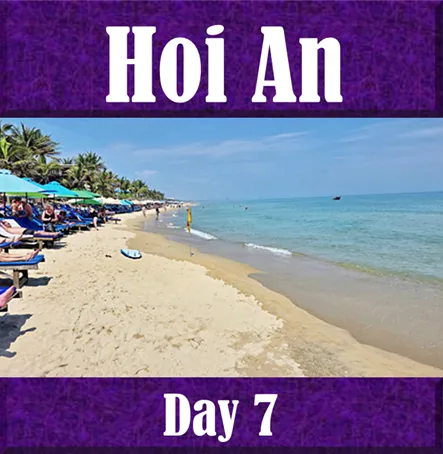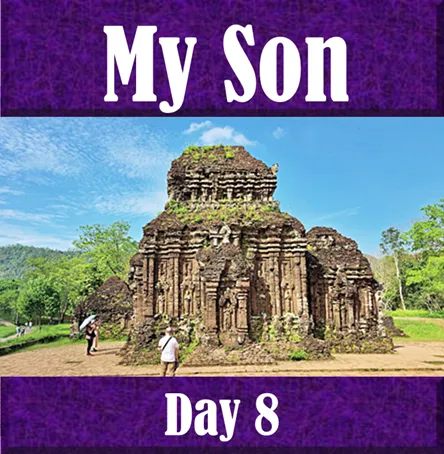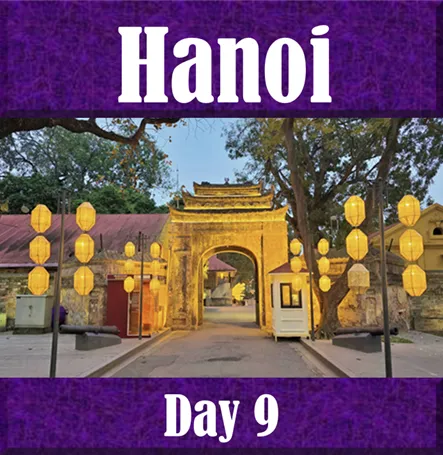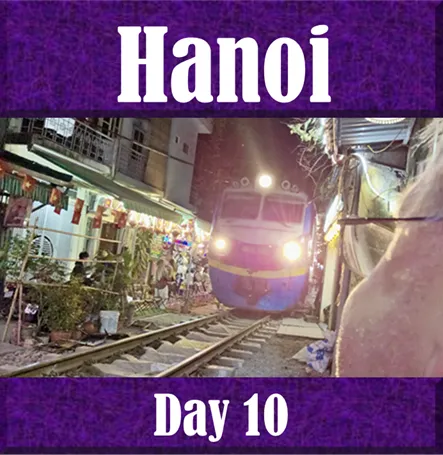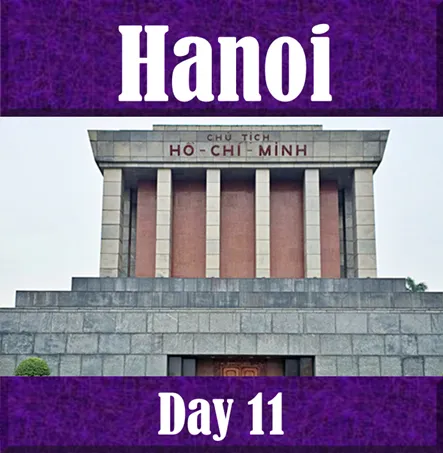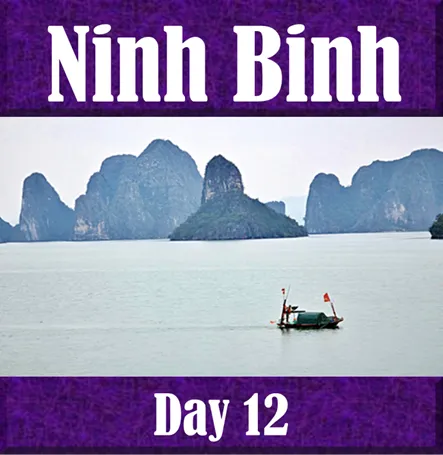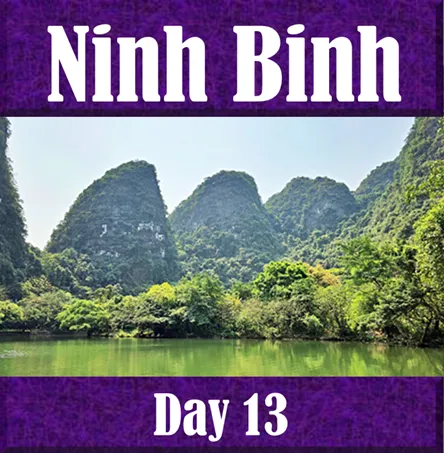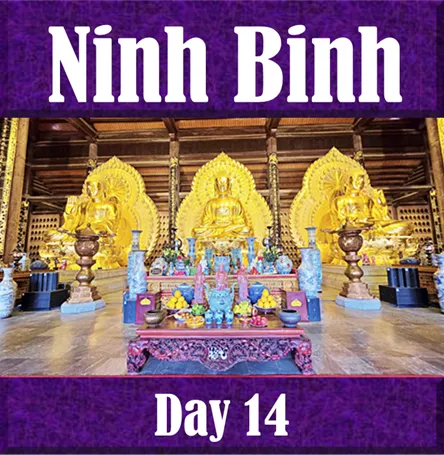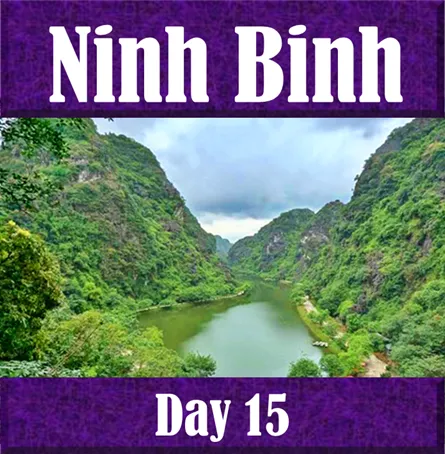Saigon's Cao Dai Temple: Witness the Unique Faith in Ho Chi Minh City | Vietnam Purple Travel Guide
(map)
This is Premium Content! To access it, please download our
Backpack and Snorkel Purple Travel GuideYour next destination is too far away to walk. It is best to take a Grab to get there.
Located in the bustling streets of Chợ Lớn, Ho Chi Minh City’s historic Chinatown district, lies a lesser-known but culturally rich site: the Chợ Lớn Cao Đài Temple.
The temple’s vibrant architecture, peaceful atmosphere, and blend of religious symbolism reflect the essence of Caodaism, a Vietnamese belief system that unites Buddhism, Taoism, Confucianism, Christianity, and Islam under one universal truth.
A Glimpse Into Vietnam’s Indigenous Religion
Caodaism (Đạo Cao Đài) is a uniquely Vietnamese monotheistic syncretic religion that was officially established in 1926 in Tây Ninh (60 miles of 95 km northwest of Ho Chi Minh City). Blending spiritual teachings from Buddhism, Taoism, Confucianism, Christianity, and Islam, Caodaism also retains many traditional elements of Vietnamese folk religion, including ancestor worship, spirit mediums, and ethical living.
The religion was founded during the late colonial period as a response to rising spiritual needs and political uncertainty. It is one of Vietnam’s largest homegrown faiths and has become a must-see cultural attraction for those visiting Tây Ninh or Ho Chi Minh City.
A Religion of Unity: What is Caodaism?
Caodaism is centered around the worship of Cao Đài, meaning ‘High Tower’ or ‘Highest Power’, a representation of God as the Divine Eye — a symbol seen in every Cao Dai temple around the world.
It draws upon:
Ethical teachings from Confucianism
Occult practices and spiritualism from Taoism
Theories of karma and rebirth from Buddhism
Organizational structure from Roman Catholicism
Symbols and saints from multiple traditions, including Jesus Christ, Muhammad, Buddha, Lao Tzu, and even Victor Hugo, Sun Yat-sen, and Joan of Arc
Its official name is Đại Đạo Tam Kỳ Phổ Độ, or ‘The Great Faith for the Third Universal Redemption’.
Đại Đạo – Great Faith
Tam Kỳ – Third Era
Phổ – To announce
Độ – To save
The ‘third era’ name refers to a period where divine truth is revealed again through spirit communication, following previous eras represented by earlier world religions.
Origins and Key Figures
The religion’s foundation is credited to Ngô Văn Chiêu, a high-ranking civil servant under the French colonial government in Cochinchina, who began receiving visions of the Divine Eye as early as 1921. These visions were interpreted as revelations from Cao Đài.
Later, on Christmas Eve 1925, a group of mediums including Phạm Công Tắc, Cao Quỳnh Cư, and Cao Hoài Sang received messages confirming the establishment of the faith. These three became the founding spirit mediums of the Hiệp Thiên Đài (‘Palace Uniting Heaven and Earth’):
Phạm Công Tắc - Hộ Pháp (‘Defender of the Dharma’)
Cao Quỳnh Cư - Thượng Phẩm (Sacred Assistant)
Cao Hoài Sang - Thượng Sanh (Secular Assistant)
Global Reach and Demographics
As of January 2015, the United Nations estimated that there were approximately 2.5 million Cao Dai followers in Vietnam, mostly concentrated in the Mekong Delta and southern provinces. The Cao Dai diaspora also includes tens of thousands of followers abroad, primarily ethnic Vietnamese living in North America, Europe, Australia, and Cambodia.
Temples and Practices
The most famous temple is the Cao Đài Holy See in Tây Ninh, but there are smaller temples (Thánh Thất) across Vietnam and overseas.
What to Expect at a Cao Dai Temple:
White robes: All practitioners wear white, symbolizing purity.
Red sashes = Confucian tradition
Blue sashes = Taoist tradition
Yellow sashes = Buddhist tradition
Dragons and celestial symbols adorn the architecture
The Divine Eye watches from the main altar
Cloud murals and flying dragons decorate ceilings and pillars
Four daily ceremonies are held, with the noon prayer session being the most popular with visitors
Architectural Features of the Chợ Lớn Cao Đài Temple
Though far smaller than the Great Temple in Tây Ninh, the Chợ Lớn Cao Đài Temple still showcases striking elements of Cao Đài design, reflecting a mix of French colonial, Buddhist, and Taoist architecture with Vietnamese touches.
Key Features
A brightly painted façade, typically in pastel pinks and blues, adorned with sacred symbols
The iconic Divine Eye of Cao Đài, representing God’s all-seeing presence
Ornamental dragon-entwined columns, common in Cao Đài temples
Murals, saints’ portraits, and spiritual artwork inside the prayer hall
A small central altar with offerings, flowers, and incense
Practical Information
Opening Hours: Typically open from 7:00 AM to 5:00 PM
Admission: Free (donations appreciated)
Dress Code: Modest attire; need to take your shoes off when entering the temple interior
Here are some photos that we took:
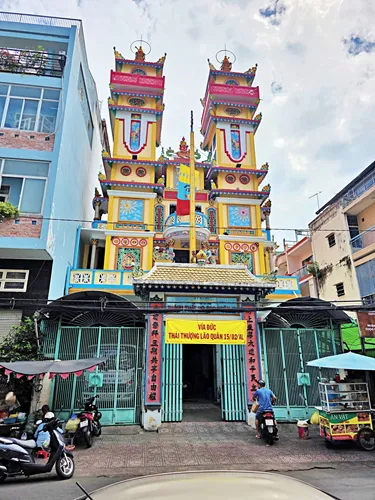
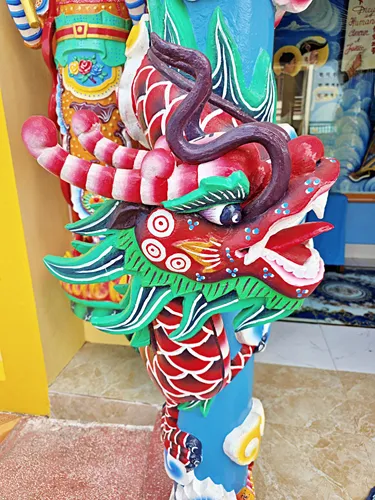
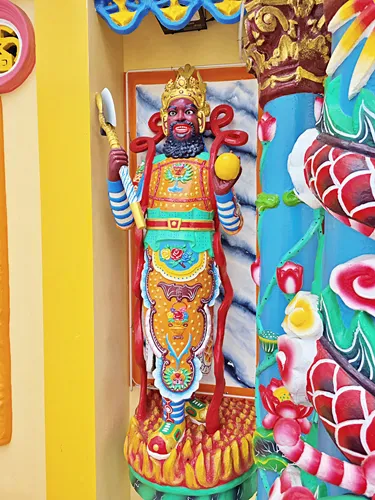
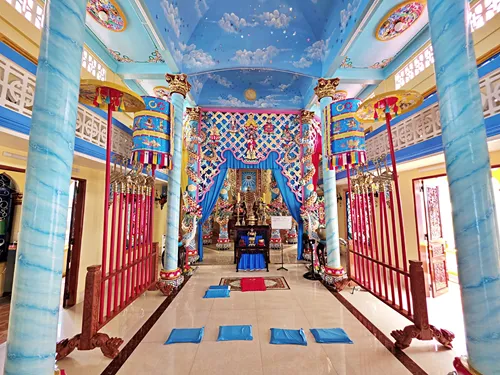
Here at Backpack and Snorkel Travel Guides, we promote self-guided walking tours.
But we realize that not everybody likes to walk by themselves in a foreign city. So, just in case that you rather go with ab guide: NO PROBLEM! Please see the GuruWalk and Viator tours below.
free GuruWalk tours
paid Viator tours
Where do you want to go now?
Author: Rudy at Backpack and Snorkel
Bio: Owner of Backpack and Snorkel Travel Guides. We create in-depth guides to help you plan unforgettable vacations around the world.
Other popular Purple Travel Guides you may be interested in:
Like this Backpack and Snorkel Purple Travel Guide? Pin these for later:

